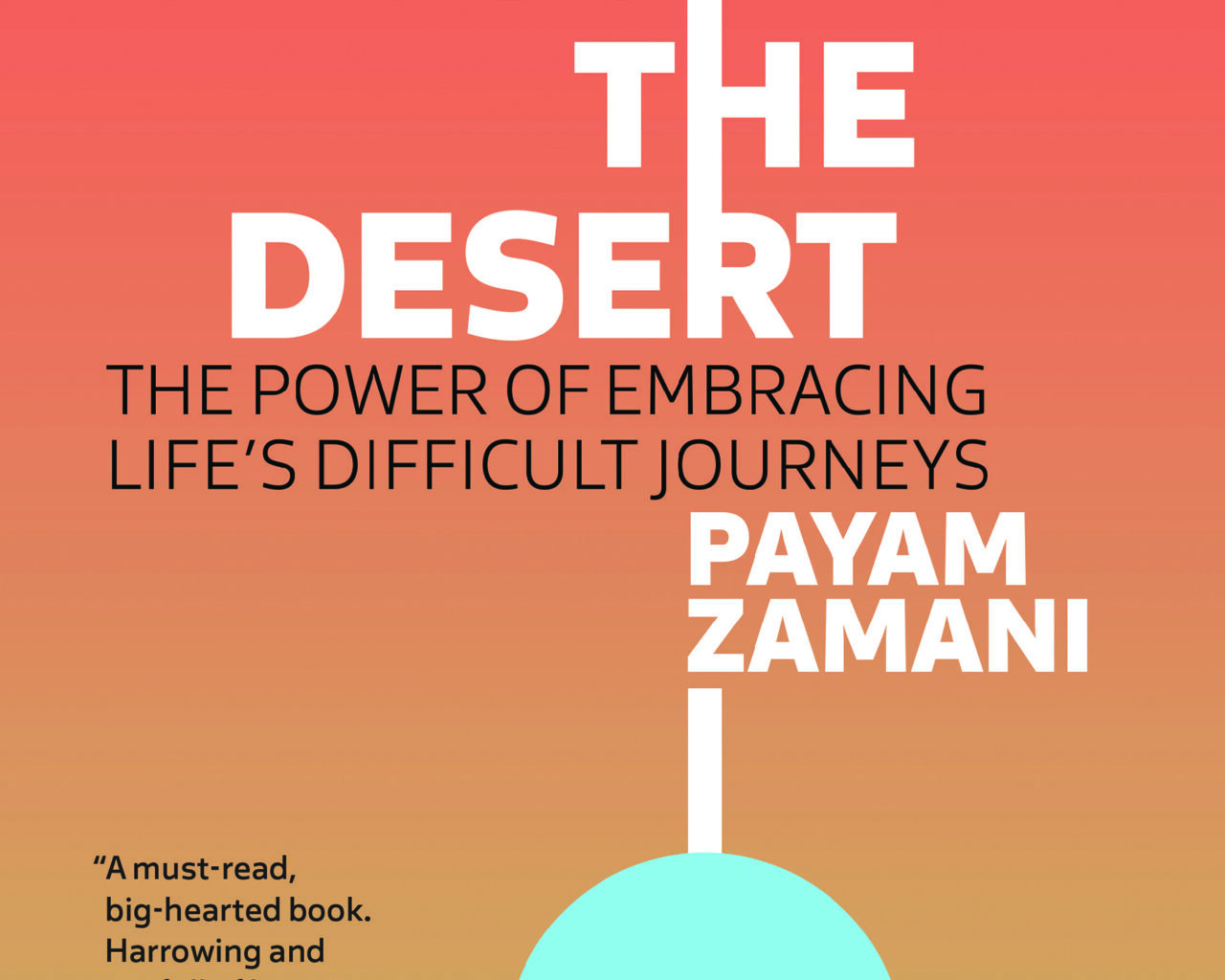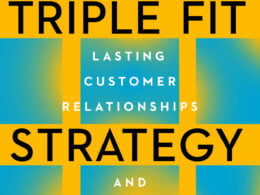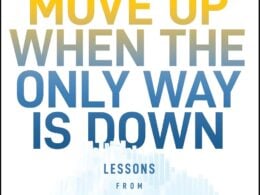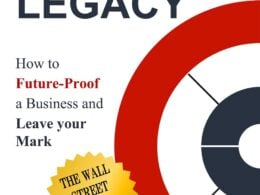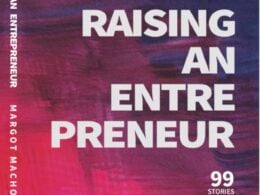This is an excerpt from “Crossing the Desert: The Power of Embracing Life’s Difficult Journeys” by Payam Zamani. At the age of 16, Zamani fled religious persecution in Iran and made his way to America as a refugee. At 28, he secured a billion-dollar IPO. Today, he’s redefining what it means to be an entrepreneur.
Back in 1997 when we hired a CFO at AutoWeb, I had become the executive vice president. Not exactly a satisfying title for the cofounder of a company, but I didn’t care much. My brother Frank was the CEO, and we had a great partnership. No matter what my title was, I was always the main sales and marketing guy at AutoWeb, and I loved it. We knew our roles, and we made our partnership work.
Coincidentally enough, one day, in the middle of a lot of sweeping change and growth, Frank came to me and said, “I don’t want to be the CEO anymore.”
I cannot say I was surprised. I could see that the responsibilities of the CEO role had weighed on him. It was all just more weight than my brother was interested in carrying.
So I became the CEO.
‘She Thinks Big’: 7 Assumptions about the Future that Create ‘Stuck Stress’
And the first decision I made was a big one; a decision based on an idea I had, which the board had said no to from the moment I pitched the concept of changing to a lead-gen model. More importantly, it was an idea that my brother wasn’t excited about, either.
As a business, we were losing $500,000 a month in the summer of 1998. We were bringing in about a million in revenue per month from selling leads, but we were losing half a million bucks. That’s a big part of the reason why we had to keep raising money. To remedy this, and also to make AutoWeb a better experience for consumers, I wanted to give customers the opportunity to send leads to more than one dealership; to allow them to get multiple quotes on the vehicles they were interested in; essentially to get the dealerships to compete with one another for their business.
(Up to that point, when a customer would send the lead, it would go to the dealership that was closest to them, in terms of physical distance. One dealership, which generated a single lead-gen fee of $29.95 to us. That was it.)
My brother’s response to my idea was, “If you do that, you’re reducing the value of the lead for the dealership; because now that lead is going to multiple dealerships and that will automatically reduce the value of our leads.”
So I said, “Well, we’ll limit it to two. Let’s say you cannot send to more than two, at least at the beginning.” I noted that some consumers made a habit of going to more than one dealership to get multiple offers anyway. “So, if we allow them to get what they’re after from our platform, then we keep them within our platform.”
How Can Entrepreneurs Manage ‘Microstress’? This New Book Aims to Help
Now, as CEO, the decision was mine and mine alone. So I launched my idea—and our revenue doubled overnight.
That was another life moment: It changed the trajectory of our company.
The company went from losing half a million dollars a month to making half a million dollars a month. And for the most part, the dealers didn’t complain.
Of course, Autobytel complained: “You can’t do that,” they shouted into the wind of the business press world. “They have reduced the value of their leads. Dealers will leave—and will come to us!”
The dealers did not care. “It makes sense. Almost everyone wants more than one quote before they purchase,” many of them told us. “It works for us.”
Whatever brought them more leads with a reasonably close rate they saw as a good decision. It was up to them to close the deals, and the more customers they had, the more negotiating they could do. Once again, it was a win-win.
Verizon Digital Ready: $10K Grants and the Skills Entrepreneurs Need
And so, we became profitable by the fall of 1998. Second to eBay, we were the only other profitable internet startup at that point in time. Everybody else in Silicon Valley was losing money.
We brought ourselves to profitability by “taking risks,” people said. But again, I ask, what did we really risk? If any of the changes we made didn’t work, we could have gone back to the subscription model, or something else.
Not taking risks would have been the biggest risk of all.
We had only raised $12 million, which was nothing compared to most of the other internet companies. That allowed us to be nimble.
When creating something new, everything is a risk—including the act of staying put in a lane you created, but which may not have been tested or questioned for some time. It’s important to think forward. To think bigger. To act without unnecessary hesitation.
Reprinted with permission from “Crossing the Desert: The Power of Embracing Life’s Difficult Journeys” by Payam Zamani (BenBella Books, 2024).


